#marshes
Text

HIPPY SHARON YALL!!! 5 hour plane flight doodles? idk if this is even a doodle really lmao.. In celebration of the new special.

#artists on tumblr#digital art#young artist#artwork#fanart#cute art#sharon marsh#marshes#original illustration#my illustration#south park art#south park fanart#south park#sp art#sp fanart#doodless#shit post#bc it looks like it#lol
22 notes
·
View notes
Text
"Many people know about the Yellowstone wolf miracle. After wolves were reintroduced to the national park in the mid-1990s, streamside bushes that had been grazed to stubble by out-of-control elk populations started bouncing back. Streambank erosion decreased. Creatures such as songbirds that favor greenery along creeks returned. Nearby aspens flourished.
While there is debate about how much of this stemmed from the wolves shrinking the elk population and how much was a subtle shift in elk behavior, the overall change was dramatic. People were captivated by the idea that a single charismatic predator’s return could ripple through an entire ecosystem. The result was trumpeted in publications such as National Geographic.
But have you heard about the sea otters and the salt marshes? Probably not.
It turns out these sleek coastal mammals, hunted nearly to extinction for their plush pelts, can play a wolf-like role in rapidly disappearing salt marshes, according to new research. The findings highlight the transformative power of a top predator, and the potential ecosystem benefits from their return.
“It begs the question: In how many other ecosystems worldwide could the reintroduction of a former top predator yield similar benefits?” said Brian Silliman, a Duke University ecologist involved in the research.
The work focused on Elk Slough, a tidal estuary at the edge of California’s Monterey Bay. The salt marsh lining the slough’s banks has been shrinking for decades. Between 1956 and 2003, the area lost 50% of its salt marshes.
Such tidal marshes are critical to keeping shorelines from eroding into the sea, and they are in decline around the world. The damage is often blamed on a combination of human’s altering coastal water flows, rising seas and nutrient pollution that weakens the roots of marsh plants.
But in Elk Slough, a return of sea otters hinted that their earlier disappearance might have been a factor as well. As many as 300,000 sea otters once swam in the coastal waters of western North America, from Baja California north to the Aleutian Islands. But a fur trade begun by Europeans in the 1700s nearly wiped out the animals, reducing their numbers to just a few thousand by the early 1900s. Southern sea otters, which lived on the California coast, were thought to be extinct until a handful were found in the early 1900s.
In the late 1900s, conservation organizations and government agencies embarked on an effort to revive the southern sea otters, which remain protected under the Endangered Species Act. In Monterey Bay, the Monterey Bay Aquarium selected Elk Slough as a prime place to release orphaned young sea otters taken in by the aquarium.
As the otter numbers grew, the dynamics within the salt marsh changed. Between 2008 and 2018, erosion of tidal creeks in the estuary fell by around 70% as otter numbers recovered from just 11 animals to nearly 120 following a population crash tied to an intense El Niño climate cycle.
While suggestive, those results are hardly bulletproof evidence of a link between otters and erosion. Nor does it explain how that might work.
To get a more detailed picture, the researchers visited 5 small tidal creeks feeding into the main slough. At each one, they enclosed some of the marsh with fencing to keep out otters, while other spots were left open. Over three years, they monitored the diverging fates of the different patches.
The results showed that otter presence made a dramatic difference in the condition of the marsh. They also helped illuminate why this was happening. It comes down to the otters’ appetite for small burrowing crabs that live in the marsh.
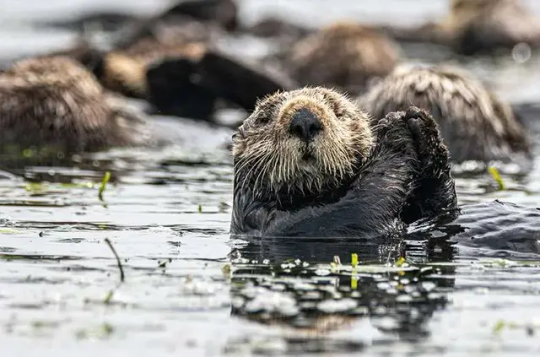
Adult otters need to eat around 25% of their body weight every day to endure the cold Pacific Ocean waters, the equivalent of 20 to 25 pounds. And crabs are one of their favorite meals. After three years, crab densities were 68% higher in fenced areas beyond the reach of otters. The number of crab burrows was also higher. At the same time, marsh grasses inside the fences fared worse, with 48% less mass of leaves and stems and 15% less root mass, a critical feature for capturing sediment that could otherwise wash away, the scientists reported in late January in Nature.
The results point to the crabs as a culprit in the decline of the marshes, as they excavate their holes and feed on the plant roots. It also shows the returning otters’ potential as a marsh savior, even in the face of rising sea levels and continued pollution. In tidal creeks with high numbers of otters, creek erosion was just 5 centimeters per year, 69% lower than in creeks with fewer otters and a far cry from earlier erosion of as much as 30 centimeters per year.
“The return of the sea otters didn’t reverse the losses, but it did slow them to a point that these systems could restabilize despite all the other pressures they are subject to,” said Brent Hughes, a biology professor at Sonoma State University and former postdoctoral researcher in Silliman’s Duke lab.
The findings raise the question of whether other coastal ecosystems might benefit from a return of top predators. The scientists note that a number of these places were once filled with such toothy creatures as bears, crocodiles, sharks, wolves, lions and dolphins. Sea otters are still largely absent along much of the West Coast.
As people wrestle to hold back the seas and revive their ailing coasts, a predator revival could offer relatively cheap and effective assistance. “It would cost millions of dollars for humans to rebuild these creek banks and restore these marshes,” Silliman said of Elk Slough. “The sea otters are stabilizing them for free in exchange for an all-you-can-eat crab feast.”"
-via Anthropocene Magazine, February 7, 2024
#otters#sea otters#conservation#erosion#coastal erosion#coastline#marshes#saltwater#marine science#marine biology#marine animals#sea creatures#ocean#sustainability#soil erosion#erosion control#crab#good news#hope
3K notes
·
View notes
Text


A River in Autumn
Composition (Marshlands)
Collages on mountboard
11.7 x 16.5
Prints of these and all my other collages are on inprnt
#artists on tumblr#art#illustration#collage#drawing#collage art#painting#chinese art#marshes#riverbed#black and white
2K notes
·
View notes
Text





The red crowned crane traditionally nests in marshes, but most have been drained. So the cranes are raising their offspring in an irrigation channel. All through the summer, the chick is entirely dependent its parents for food. The family won't be able to move on until the chick can fly.
BBC Earth
2K notes
·
View notes
Text
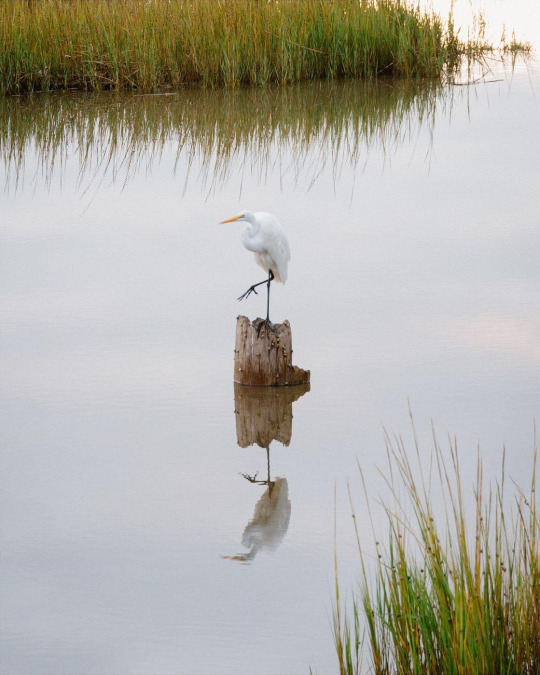

Great egret on a rainy day in Charleston. Photos by Kim Graham.
109 notes
·
View notes
Photo
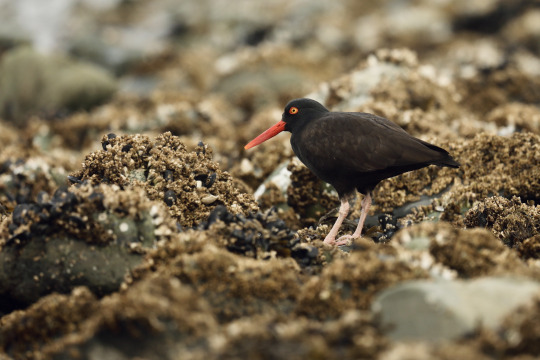
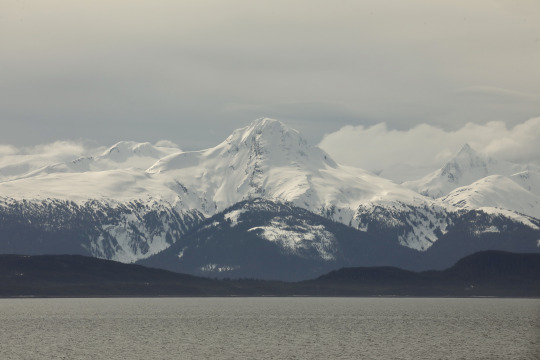
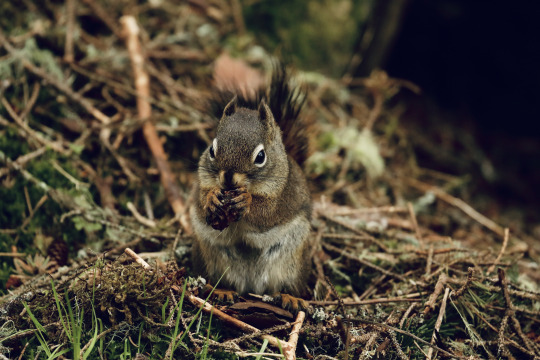
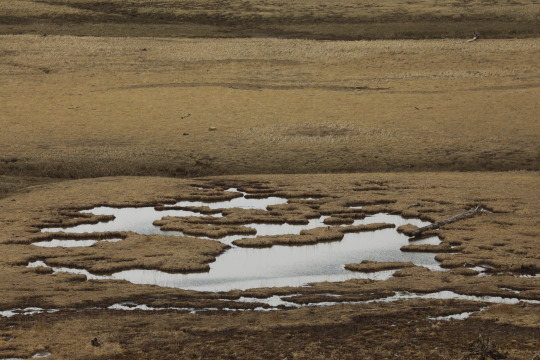
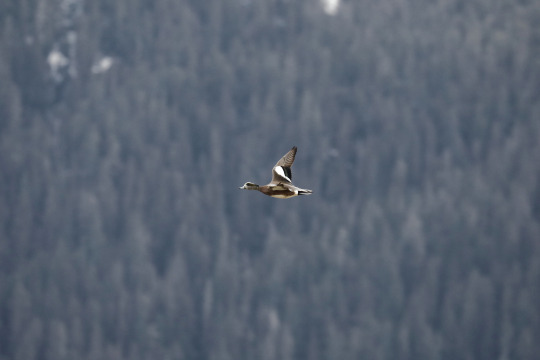
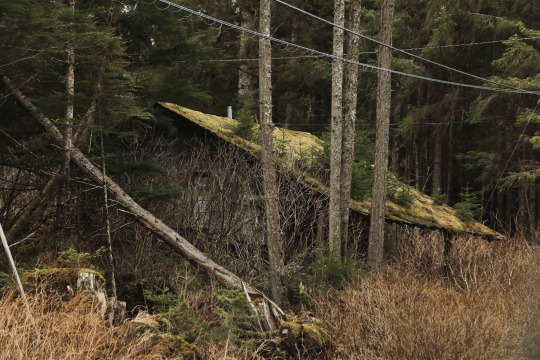
April in Juneau, Alaska
#juneau#southeast alaska#american wigeon#black oystercatcher#squirrels#abandoned buildings#mountains#marshes#my photos#my places
426 notes
·
View notes
Text

Nothing feels quite like home to me more than the marsh creeks.
#pretty sunset!!#marsh#inlet creek#creek#marshes#salt marsh#saltlife#sunset#outdoors#nature#naturecore#beautiful#adventure#travel#adventurecore#nature aesthetic#ocean aesthetic#oceancore#beach#beach aesthetic#Lowcountry#south Carolina#southern#southern aesthetic#dm me#me#message me#dms#photography#let’s talk
90 notes
·
View notes
Text

Charlotte Keppel - The Villains - Piatkus - 1980
#witches#villains#occult#vintage#the villains#piatkus#charlotte keppel#haunting tale#marshes#1980#a haunting tale of the marshes
56 notes
·
View notes
Text
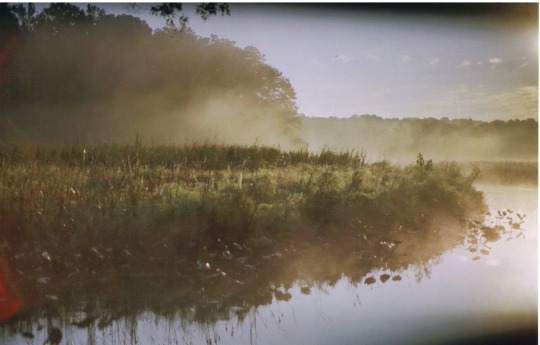
#photographers on tumblr#photography#my photography#mine#rural america#small town america#creek#swamp aesthetic#swamp#steam#35 mm film#35mm film#film photography#film#35 mm#35mm photography#35mm#lyons creek#film photograhers#film is not dead#small town maryland#small town aesthetic#backyard photography#marshes
43 notes
·
View notes
Text

Harris Salt Marshes ⛰️
#Scotland#Scottish#ScottishLandscape#LandscapePhotography#Photography#Landscape#Scenery#ScenicViews#Travel#TravelInspiration#UK#UnitedKingdom#GreatBritain#Harris#IsleOfHarris#Marshes#SaltMarshes#ScottishIsles
271 notes
·
View notes
Text
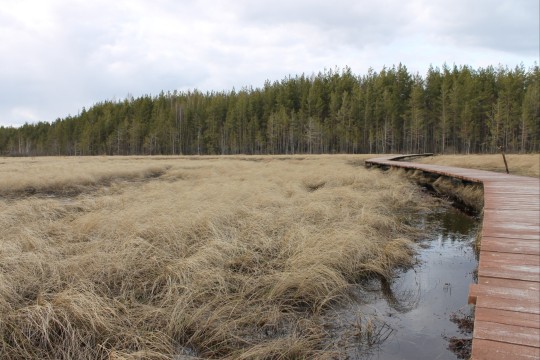
April 2022
Sestroretsk marshes, Leningrad region, Russia
#noseysilverfox#fotografía original#spring#photography#landscape#marshes#nature aesthetic#nature photography#nature#walking in nature#walking tour#весна#природа#фотоблог#прогулка#болото#пейзаж#настроение
40 notes
·
View notes
Text
Good Climate News: Headline Roundup April 1st through April 15th, 2023
Contrary to what you might expect, there's actually way more good climate news stories than I have time to post about individually. (Especially now that my health is better and I'm back to working more!) Which itself is fantastic news!
Some stories are big, some are small, but they all add up. All over the world, people are doing far more than we realize to help save the planet - and ourselves.
I'm posting this is mid-May bc I've gotten really behind on news posts, but trust me, there will be more roundups coming. And this is SO FAR from all the good climate news in April 2023. I may do weekly roundups in the future.
So, without further ado, some reasons to have hope, all from just April of 2023:
^Article date: 4/15/23
^Article date: 4/14/23. And to clarify, the cleanup will NOT be temporary, they are building infrastructure and changing laws for the long term.
^Article date: 4/13/23
^Article date: 4/12/23
^Article date: 4/10/23
^Article date: 4/12/23
^Article date: 4/11/23
^Article date: 4/8/23
^Article date: 4/5/23
More roundup posts to come!
#climate#sustainability#climate change#biodiversity#marshes#sparrows#india#united states#united kingdom#wales#france#senegal#madagascar#georgia#texas#milkweed#rivers#conservation#conservation news#water pollution#electric vehicles#reforestation#trees#good news#hope
202 notes
·
View notes
Text
Today marks 33 years since the 1991 Iraqi Uprisings where Iraqi Shia Muslims, leftists, Kurds and Assyrians rose up against Saddam Hussein’s authoritarian regime.
They were carried out in response to the Gulf War and the atrocities Saddam oversaw during the Iran-Iraq war (such as the Anfal genocide which I wrote about the other week).
The uprising would last for a month during which thousands of Saddam’s cronies would be killed and thousands of civilians opposed to his regime would be brutally murdered.
The Iraqi government responded by cracking down and slaughtering hundreds of thousands of innocent civilians. WITH help from the MEK (People’s Mujahedin of Iran, an exiled Iranian opposition group which has since become a reactionary death cult).
In addition, Saddam Hussein’s regime would enact its putrid revenge against the uprising by trying to drain and destroy the Mesopotamian Marshes in an act of despicable ecological destruction.
Mainly to displace the marsh Arabs living there, displacing 200,000 people in the process.
Feel free to reblog.
#dougie rambles#political crap#history#iraq#middle east#mesopotamia#kurds#kurdistan#assyria#assyrians#bethnahrin#Iraqi history#terrorism#war crimes#fuck the MEK#reblog this#reblog the shit out of this#feel free to reblog#forgotten history#marshes#ecocide
23 notes
·
View notes
Photo

Seashore, marshes and dunes, Provincetown, Cape Cod
123 notes
·
View notes
Text



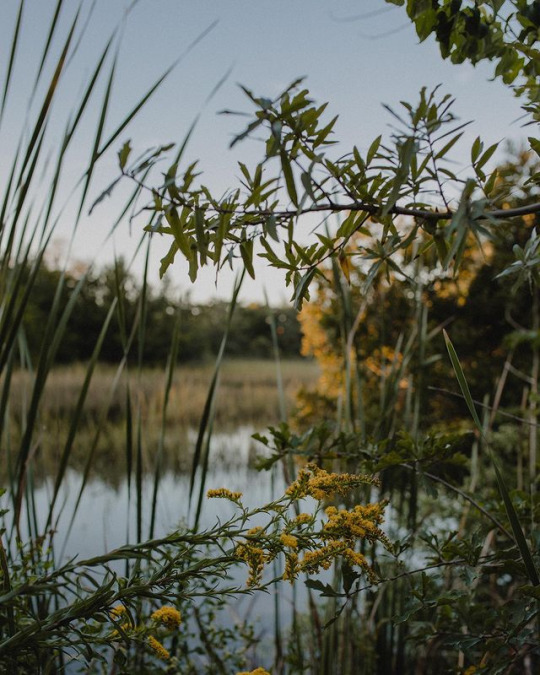

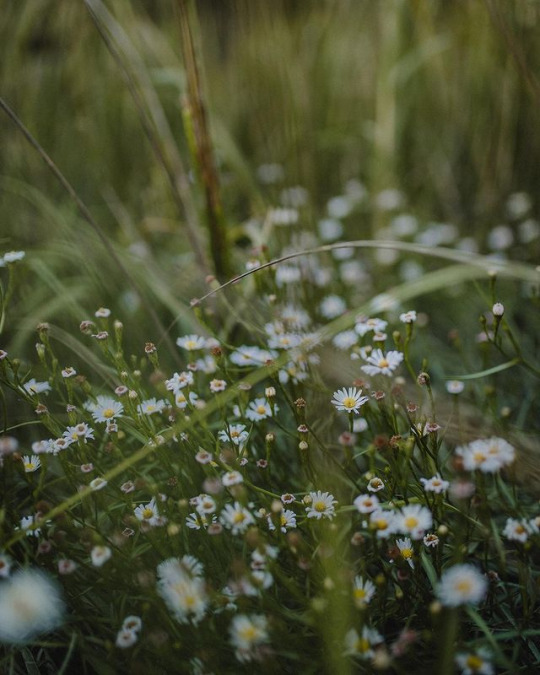
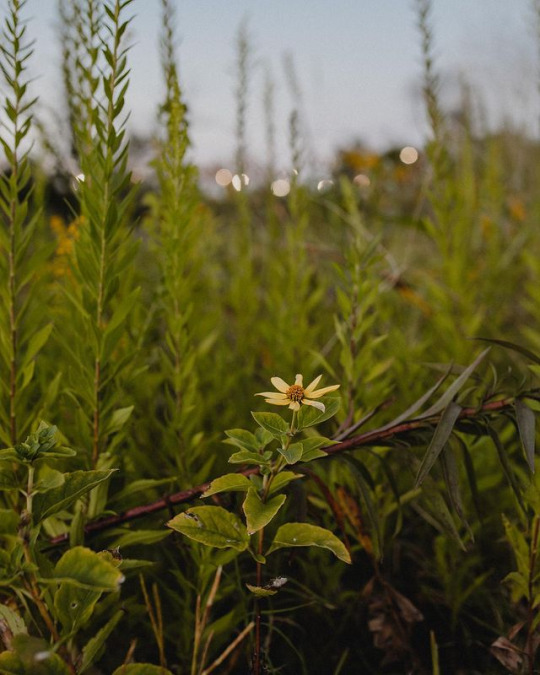


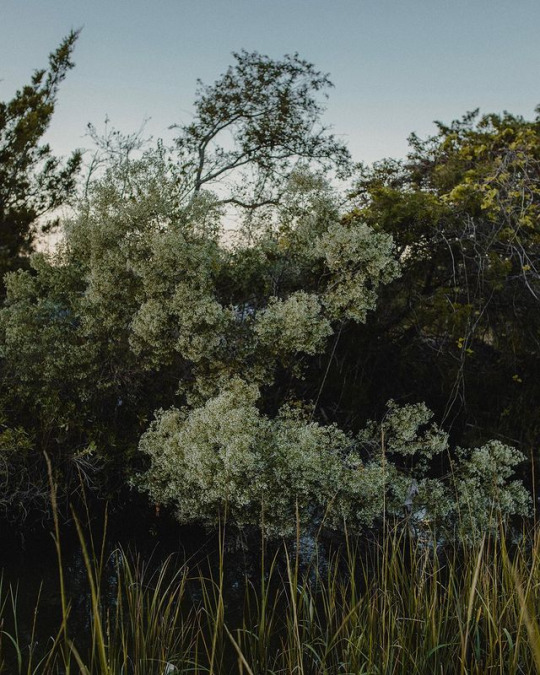
Autumn at Gadsden Creek in Charleston, SC. Photos by Caroline Rose Frady.
64 notes
·
View notes
Video
Oare Marshes & the Village Kent... by Adam Swaine
Via Flickr:
Oare Marshes Nature Reserve...This Kent Wildlife Trust reserve is 67 hectares of grazing marsh, also freshwater and brackish dykes, reclaimed from saltmarsh after the building of the sea wall in 1953. It is part of the Swale Site of Special Scientific Interest and is an internationally important wetland under the 1973 Ramsar Convention. The reserve is at its best in spring and autumn when it is visited by migrant waterfowl and waders including common teal, gadwall, northern shoveller, northern lapwing, common redshank, little stints, curlew sandpipers, green and wood sandpipers, and black-tailed godwits. Long-billed Dowitcher (see image) has occurred repeatedly, as has a Bonaparte’s Gull. It is the here that Britain’s first tufted puffin was observed and photographed. In spring marsh frogs croak loudly from the wet margins of the pools and dykes
#marshes#oare#oare marshes#wetlands#wild#wildlife#plants#waterside#walks#water#waterways#england#english#english villages#english landscapes#Village#VILLAGES#rural#rural villages#rural Kent#Kent#kentish villages#kentish landscapes#uk#uk counties#UK VILLAGES#nature lovers#nature#natures finest#nature watcher
9 notes
·
View notes
